One exhaustingly hot Monday lunchtime last July, as I was watering the modules for the second time already that day, I realised I'd had enough. That I'd taken this market garden as far as I was enthusiastically capable of, and that it would be good to go and work for other people and gain some new inspirations and insights, rather than learning mostly from my own mistakes. Learning I think is always a combination of learning from others and learning from practice, but the balance shifts in different situations. I've enjoyed being self-directed these past years, but having less responsibility for a while will I hope free up some creative headspace.
So I decided to wind up my business, but fortunately this does not been that the site will stop being a market garden. Ragmans Farm, whom the market garden rents from, have been heroic as ever in finding new growers, and local couple Craig and Becky are currently in the process of taking it over. It's really gratifying to know that the garden will keep on being a productive space. You can contact Craig and Becky at [email protected], or check the Ragmans Farm website for further updates.
Over and out.
So I decided to wind up my business, but fortunately this does not been that the site will stop being a market garden. Ragmans Farm, whom the market garden rents from, have been heroic as ever in finding new growers, and local couple Craig and Becky are currently in the process of taking it over. It's really gratifying to know that the garden will keep on being a productive space. You can contact Craig and Becky at [email protected], or check the Ragmans Farm website for further updates.
Over and out.
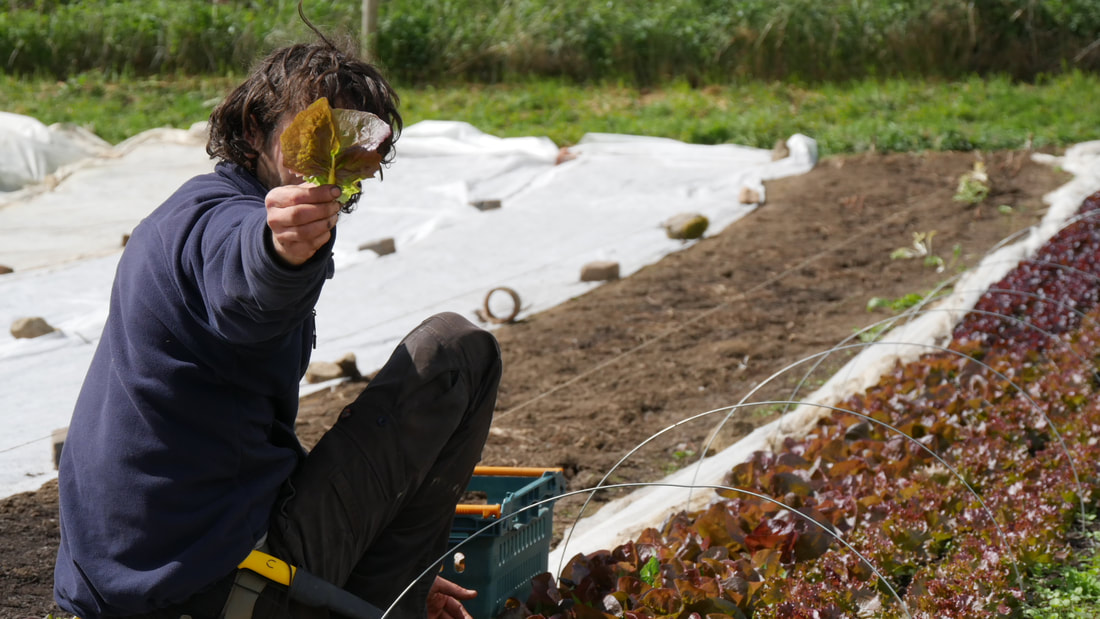
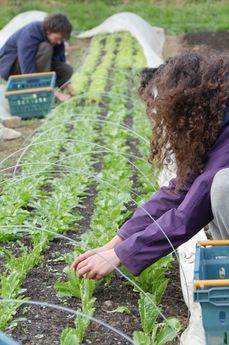
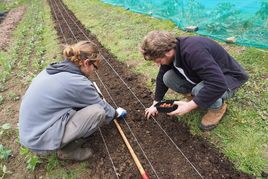
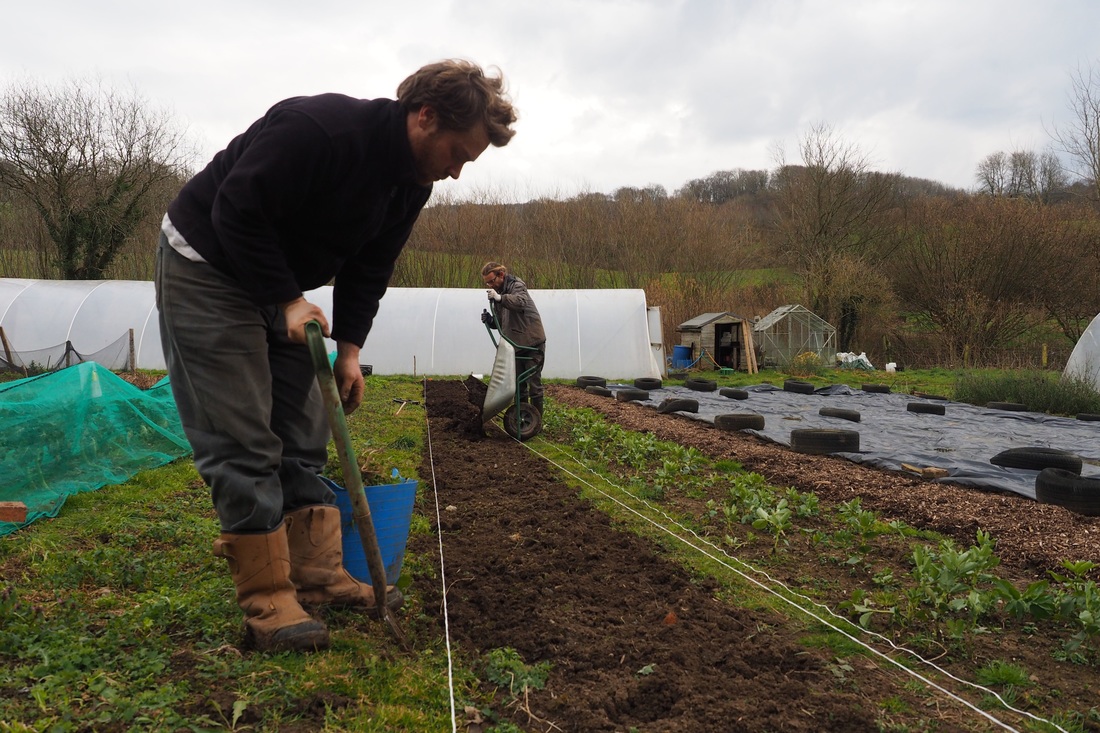
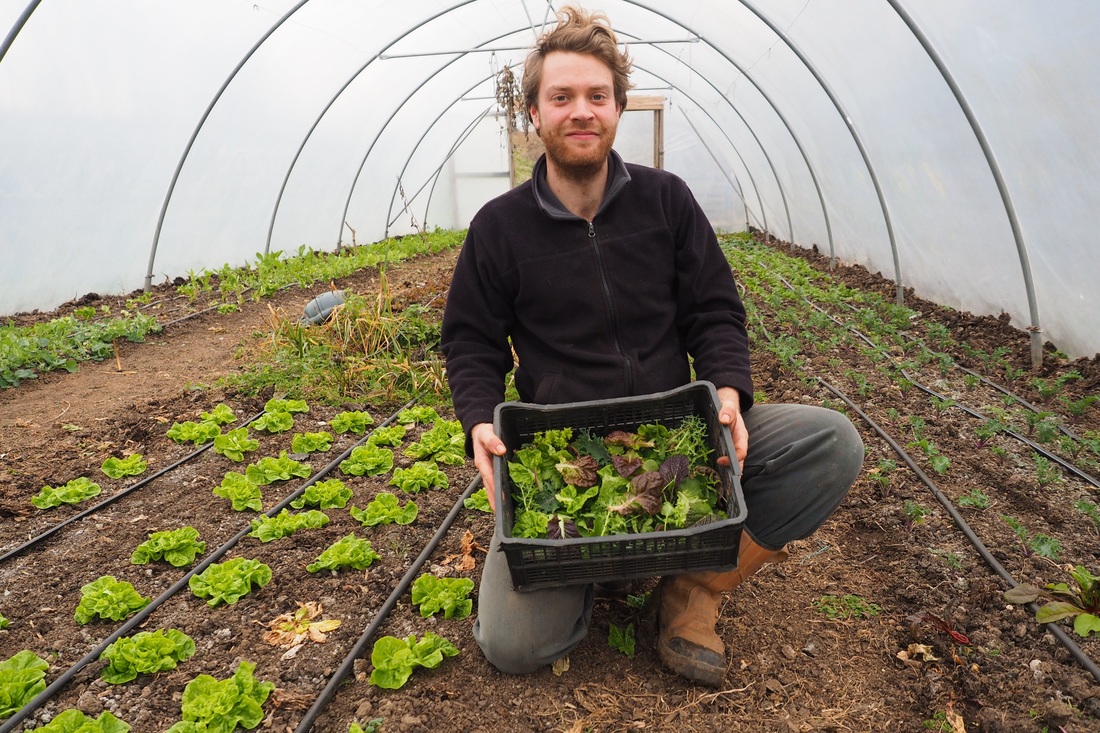
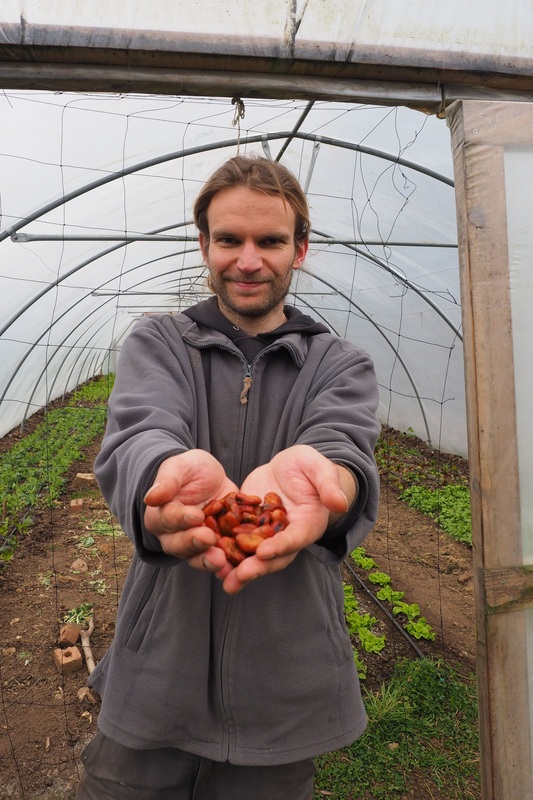

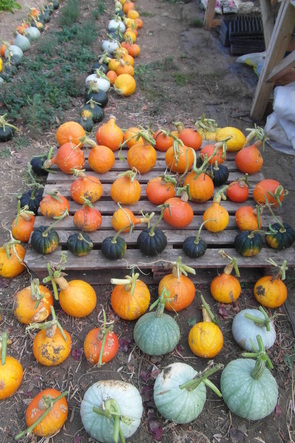
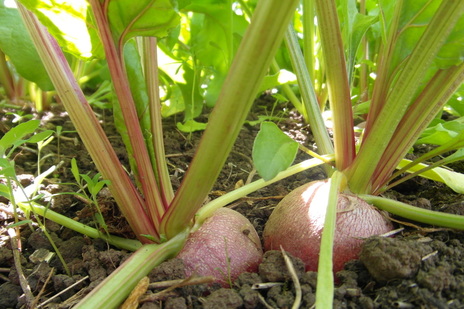
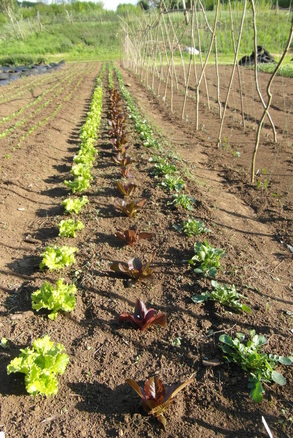
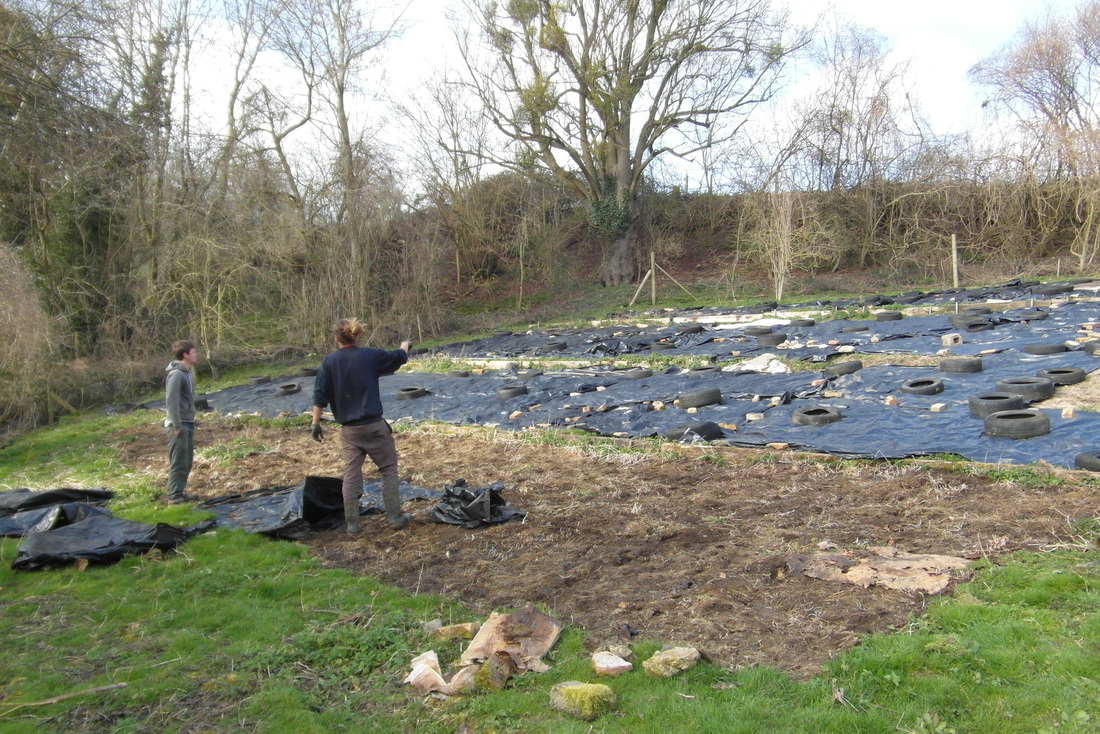
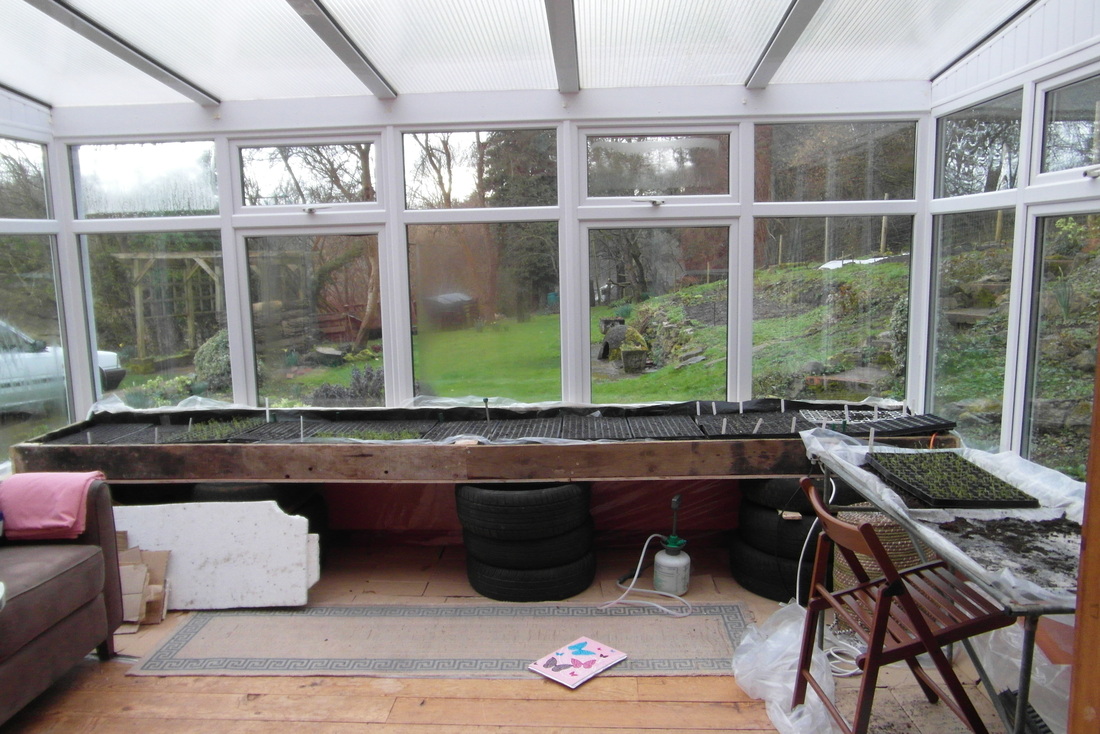
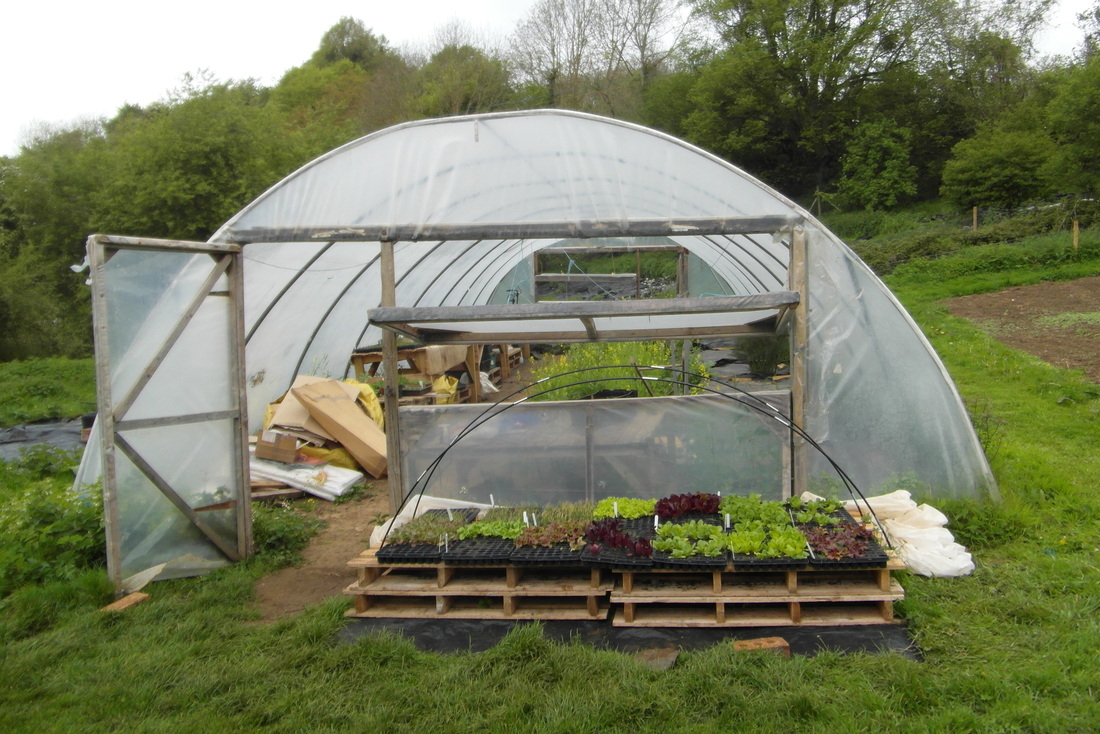
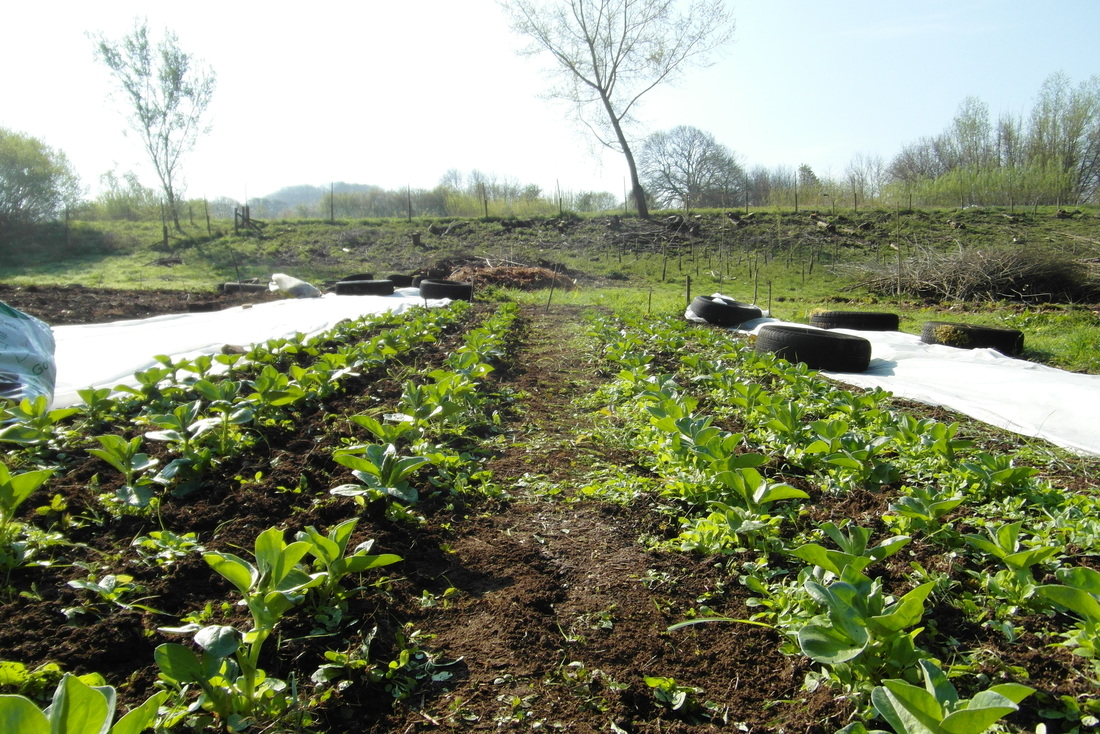
 RSS Feed
RSS Feed
